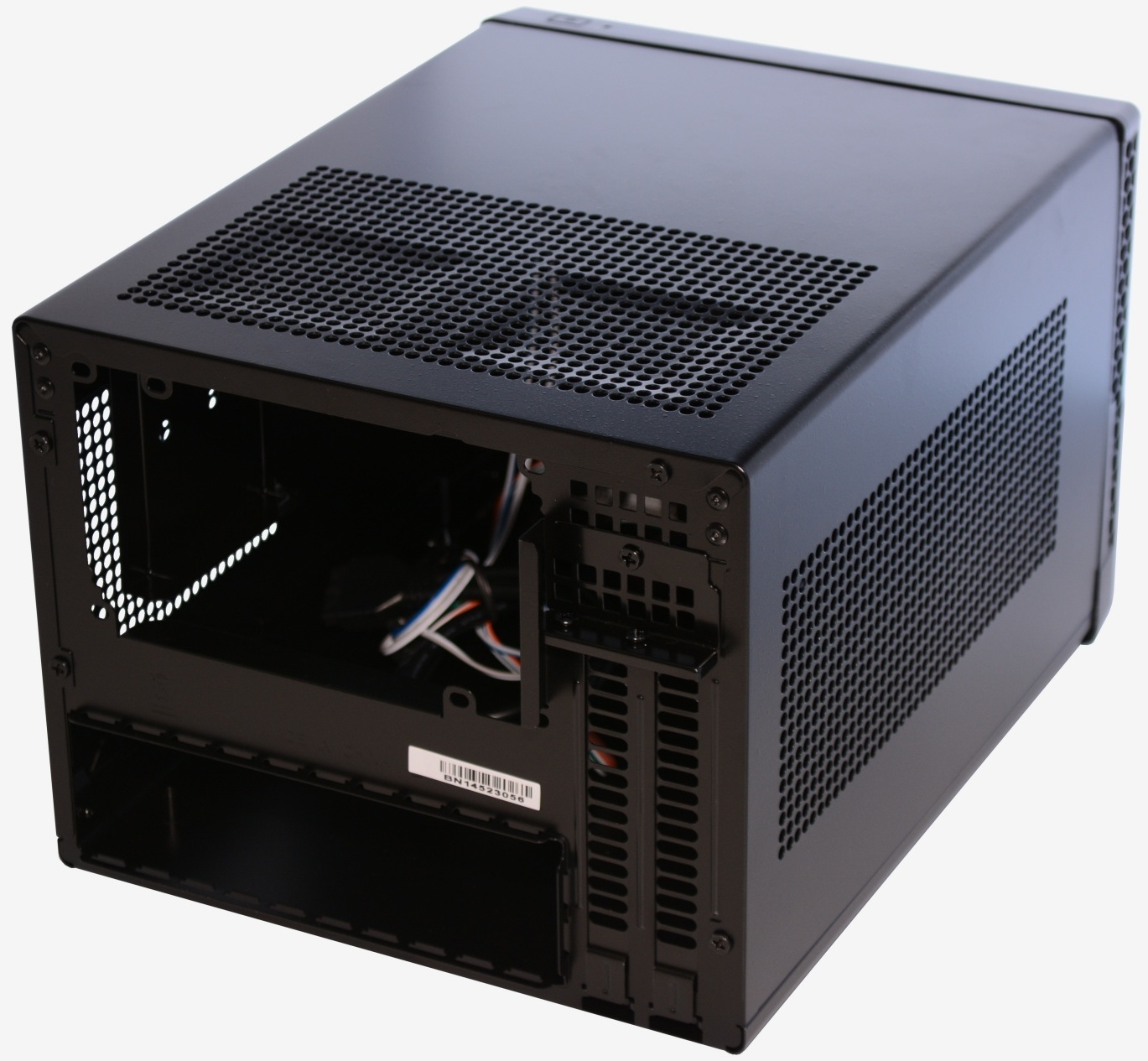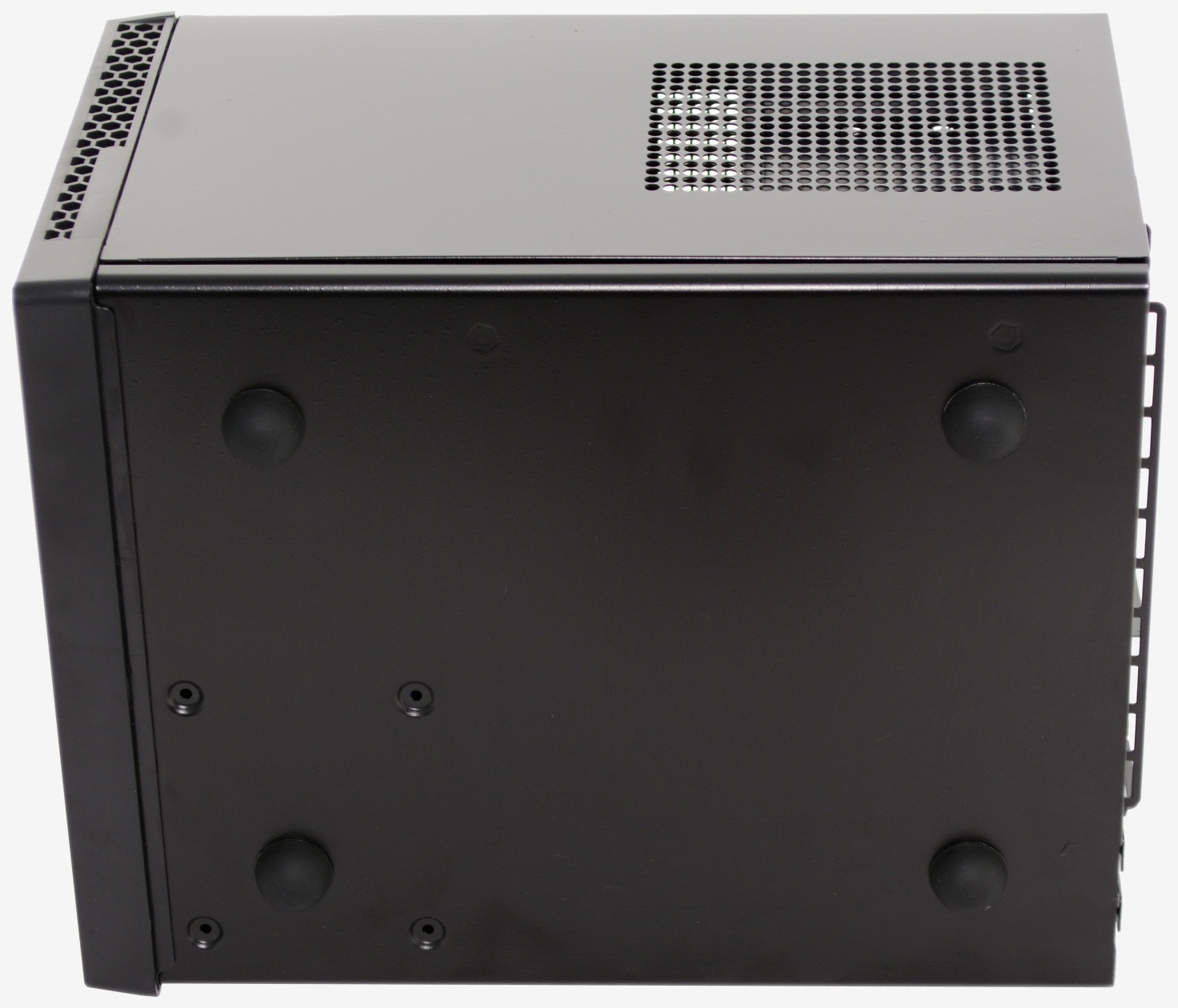Silverstone is toward the top of case manufacturers that we consider when building a new PC thanks to past favorites including the Raven RV02-E, Fortress FT02 and Temjin TJ07. Of all its lines, the company's Mini-ITX 'Sugo' series stands out for being consistently surprising.
The first Sugo (the SG01) launched back in 2005 and impressed us by cutting the 65L capacity of Silverstone's FT02 down to only 22L while still accommodating the era's high-end gaming hardware. The company has since built on that success with over half a dozen iterations.
The SG01's initial successor arrived in 2009 as the remarkably compact 10.8L SG05, which sparked a do-it-yourself Mini-ITX revolution alongside other enclosures of its kind as gamers set out to cram increasingly powerful systems inside cases the size of a shoe box.
Over the last six years we've seen three more Mini-ITX Sugos (the SG06, SG07 and SG08) but the latest two models (the SG09 and SG10) used the MicroATX standard.
Just when we were starting to think that the Sugo series lost its Mini-ITX mojo, Silverstone has stepped forward with the itty bitty 11.5L SG13.
The thirteenth Sugo isn't quite the smallest to date, but it may be the most capable. The SG05, SG06 and SG07 were all limited to SFX power supplies and couldn't fit all-in-one liquid cooling systems, yet they were still around 10.5 to 11L in capacity. The SG08 did support standard ATX power supplies (maximum of 160mm long) as well as liquid cooling systems, but it was stretched to 351mm long to do so, resulting in a bulkier 15L capacity.
The SG13 we're reviewing today could be considered something of an update to the SG08. Although Silverstone has completely redesigned the case from the ground up, the design goals are much the same: to create the smallest possible Mini-ITX case that can support full length graphics cards, standard ATX power supplies and a closed loop liquid cooling system – not asking for too much, is it?
Apparently Silverstone doesn't think so, as the Sugo SG13's 11.5L body is said to be capable of housing a standard ATX power supply up to 150mm long, a 120/140mm radiator and a 10.5" dual-slot graphics card.
Sugo SG13 External Design
There are two versions of the Sugo SG13: one with a solid front panel and one with a mesh panel. The mesh design is better suited for builds requiring maximum air-flow, while the solid panel SG13-Q is quieter as less noise escapes through the front of the case.
Pricing is the same regardless of the model you choose and they both come exclusively in black. Silverstone has provided us with both models so we will test what kind of impact the different panels have on performance.
As mentioned earlier, the SG13 has an 11.5L capacity at 222mm wide, 181mm tall and 285mm deep. It has been constructed primarily from steel but weighs just 2.4kg.
The front panel of the mesh model features a plastic surround with a steel mesh insert while the solid panel version features a fake brushed aluminum type finish.
Both models have an I/O panel in the bottom right corner which includes a pair of USB 3.0 ports and two audio jacks. Power and reset buttons are found on top of the front panel, with the latter being too small to hit with a finger.
The left, right and top of the SG13 are covered by a single piece. The panel is heavily ventilated, though due to its design it doesn't offer any fan mounting locations. The left side is dominated by ventilation, at least half of the top is ventilated, while only a small amount of the right side is.
Around the back there is just enough room for the ATX power supply bracket, motherboard I/O panel and two external expansion slots. Like many Mini-ITX gaming cases, the expansion slots are secured externally rather than internally.
Underneath the SG13 we find four rubber stick on feet and what looks like a mounting location for a 2.5' SSD inside the case.
The SG13 is a simple looking little case and while we don't dislike what we're seeing, we'll honestly be surprised if it can handle a dual-slot 10.5" GPU, a 150mm ATX PSU and a radiator...









